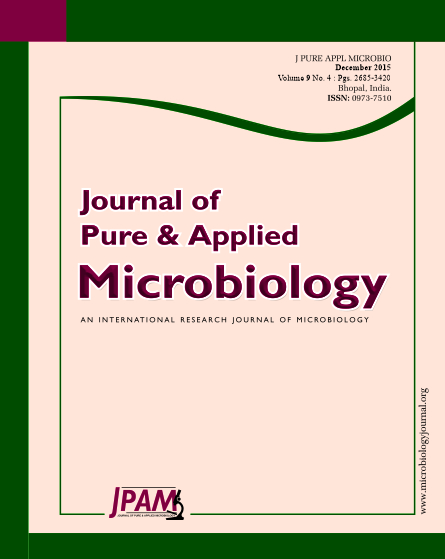This study was conducted to determine the effectiveness of Trichoderma and Bacillus isolates used individually or in combination in reducing the disease incidence of Fusarium spF2 in rice. The antagonistic activity of twenty-two Trichoderma isolates was evaluated individually or in combination with Bacillus subtilis UKM1 against Fusarium sp F2 via the dual culture technique. The dual culture technique showed highest reduction in radial growth of pathogen by isolates T2, T3, T4, T5, T7, T8, T9, T11 and T21. This was then followed by greenhouse experiments that evaluated four parameters: Pre and Post emergence of seedlings, disease incidence and disease severity on treated and non treated MR219 rice varieties that were inoculated with Fusarium sp F2. The results of this experiment showed that rice plants treated with biocontrol agents showed significant reduction of pathogen (p≤0.05). The greenhouse experiments further selected isolates T2, T4 and T21 as the best candidates based on disease severity scores. However when co-inoculated with B. subtilis UKM1 isolates T2, T7, T8, T9 and T18 resulted in higher reduction of disease incidence (22, 11, 11,22 and 22 %) and severity (8.67, 6.7,4.3, 11 and 9 %) 60 days post transplantation.
Fusarium sp, biocontrol, Trichoderma sp., Bacillus subtilis, rice, co-inoculated.
© The Author(s) 2015. Open Access. This article is distributed under the terms of the Creative Commons Attribution 4.0 International License which permits unrestricted use, sharing, distribution, and reproduction in any medium, provided you give appropriate credit to the original author(s) and the source, provide a link to the Creative Commons license, and indicate if changes were made.


